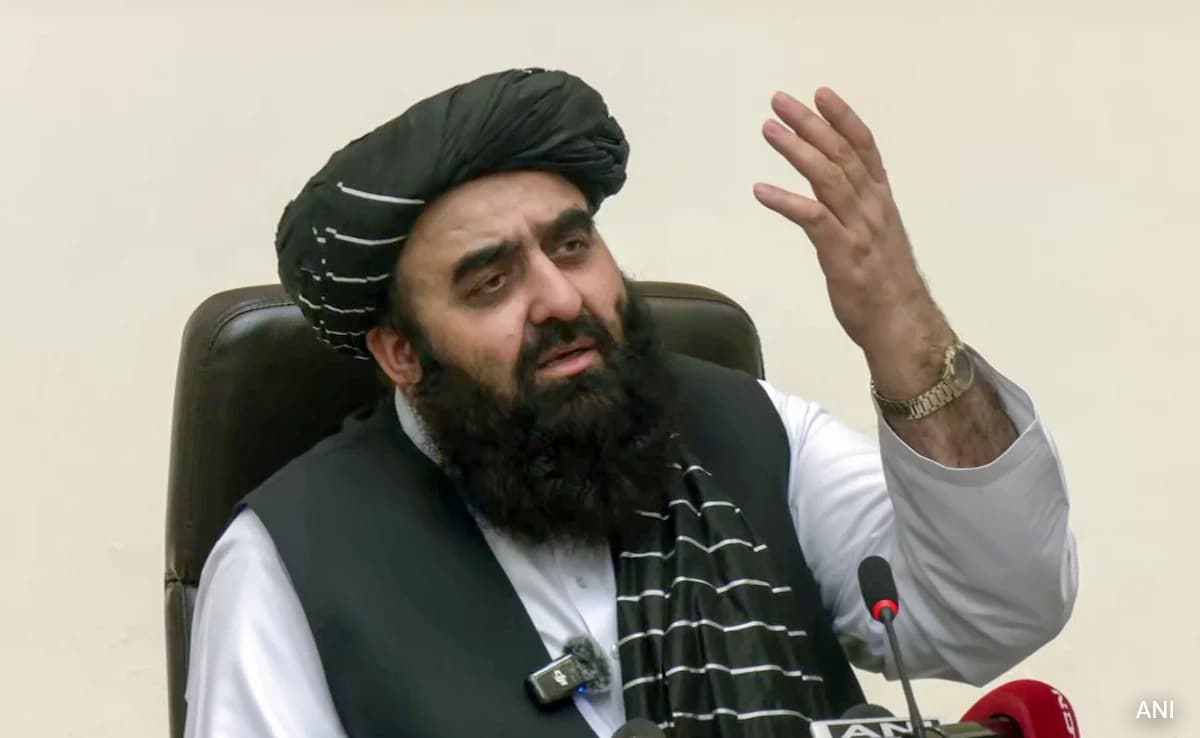In Operation Medusa, the battles for the White School showed Canadian military heroism.
Article content
The grenade, fired from a Taliban launcher, came in through the passenger side windshield of the Canadian light-utility G-wagon, as near to a bullseye as its shooter could have hoped.
Warrant Officer Richard Nolan, the platoon’s second in command, was killed by it. In the passenger-side backseat, Cpl. Richard Furoy, a medic, was grievously wounded. So was the Afghan interpreter beside him.
Advertisement 2
Article content
The driver, Cpl. Sean Teal, faced the challenge that would earn him Canada’s second-highest honour for valour. His G-wagon was both on fire and under fire, disabled in an overgrown field of marijuana amid a Taliban ambush. Everyone in it, including him, was either wounded or dead. Everyone else in their platoon who could help was also under a heavy surprise attack.
Further ahead, another direct hit on a light-armoured vehicle killed Sgt. Shane Stachnik, who had been standing in the rear sentry hatch.
Recommended from Editorial
It was morning on the first day of the Canadian military’s biggest ground assault since the Korean War, and things were going terribly.
This was Operation Medusa, a Canadian-led advance on Taliban fighters in Afghanistan’s dusty south. It was going to involve more shelling than the country had seen since the Russians fought the Mujahideen in the 1980s, requiring so much ammunition that NATO suppliers were overwhelmed. The aerial attack by British, Dutch, and American planes would be followed by this Canadian-led armoured advance over land, first by crossing the Arghandab River to retake the White School.
Advertisement 3
Article content
Few buildings in Afghanistan were as familiar to Canadian troops as the White School at Pashmul. It was built by the American military a few years previously in Panjwaii District, west of the main coalition air base at Kandahar.
Not long before, it welcomed schoolchildren from the village. Now Taliban fighters bunked up in it and left behind graffiti on boarded up windows. From here, the Taliban could strategically target both the centre of Panjwaii east of the river and the main highway to Herat to the north.
In Operation Medusa, as in much of the Afghanistan war, Canada was fighting for familiar ground, often reprising the same battles against an insurgency whose influence ebbed and flowed among the rural citizenry of the southern provinces.
Now it seemed the Taliban were retrenching in the farming belt of Zhari and Panjwaii districts, enjoying widespread local support as they prepared an assault on Kandahar, their numbers boosted by fighters crossing the border from Pakistan.
Medusa was risky. It was NATO’s first ever ground battle, and a test of its resolve as it planned to assume control of this counter-insurgency war. Supporting the new government in Kabul by providing security to the citizenry was the overall goal. But moving against the Taliban in the south meant asking locals to move and destroying some of their agricultural land. From a hearts and minds perspective, if it had to happen, it better be worth it.
Article content
Advertisement 4
Article content
The action began in early September when Canadians took the strategically important high promontory of Ma’sum Ghar, with no resistance. They would later build a forward operating base there. The next day, Canadian soldiers crossed the Arghandab River into the field of marijuana by the White School.
It was an ambush. The Taliban were dug in all around, and they showed what Col. Bernd Horn, author of many military books, would later describe as “remarkable fire discipline. They allowed the Canadians to approach extremely close before they opened fire.”
The Canadian advance had started early, because the initial aerial bombardment seemed to draw no Taliban response, and International Security Assistance Force leaders worried the assembled Taliban force was escaping. They had lately seemed to invite an attack, and this trap proved they were still in the fight. They had fended off previous Canadian advances in this spot and seemed keen to show the local population that, even supported by this foreign military coalition, the Afghan government was unable to keep them safe.
Advertisement 5
Article content
The two-week Operation Medusa would later be regarded as mostly a success. But the first day had been a calamity. Four Canadians died by Taliban fire.
The late war correspondent Adam Day’s book Witness to War: Reporting on Afghanistan 2004-2009, described the battle scene: “The radios were full of screaming voices, some calling for medics, some just looking for help. As the firing and explosions continued, many soldiers began helping their wounded friends, focusing on their own rescue mission, fighting their own war. Time got all messed up. It went too fast or it went too slow; hours seemed like minutes and some seconds took forever. Wounded men crawled across the ground looking for cover. Everywhere there were acts of unimaginable courage.”
Sean Teal stood out even among all this. He got Nolan, his clothes in flames, out onto the ground. He fired back at the ambush, put out the fire in the vehicle, roused the medic from his concussion by jabbing him with his rifle butt, and then both of them started shooting back.
He later told the author Stephen J. Thorne for Legion Magazine that he believes he killed the Taliban fighter who shot the grenade, and another helping him reload, with a well-aimed shot from his own launcher.
Advertisement 6
Article content
Teal waved and eventually made eye contact with comrades in a light-armoured vehicle about 100 metres away. Three Canadian soldiers ran under fire across open ground to help.
Sgt. Scott Fawcett stayed at the G-wagon with Teal, firing back to suppress the enemy fire, while the other two, Pvt. Michael O’Rourke and Cpl. Jason Funnell, carried the wounded back to their vehicle. They would all later receive the Medal of Military Valour.
But it was Teal who was given the higher honour, the Star of Military Valour, Canada’s second highest after the Canadian Victoria Cross.
“Despite being wounded, Corporal Teal assessed the situation, and under heavy enemy fire, moved to report the situation and bring assistance,” reads his citation from the governor general. “He then returned twice to the vehicle to provide treatment to his severely wounded comrades, including the platoon medic, and to evacuate all personnel injured or killed. His brave and professional actions saved lives and allowed the orderly withdrawal of his platoon under heavy fire.”
This battle on Sept. 3, 2006, and the valour displayed there, sealed the White School in Canadian military remembrance. But it was already hallowed ground. This was the area where Capt. Nichola Goddard, Canada’s first woman soldier to die in combat, was killed by a Taliban rocket the previous May. And one month before Teal and his unit were attacked, on Aug. 3, a platoon of Canadian soldiers were ambushed trying to clear the White School, prompting a firefight and a retreat under fire that stands as one of the most recognized instances of courage under fire in modern Canadian history.
Advertisement 7
Article content
Patrick Tower and William Kenneth MacDonald were both given the Star of Military Valour for their actions that day, and many others received lesser distinctions. This bravery would have been in the mind of every Canadian soldier at the outset of Operation Medusa. This was what it was like at the White School in the summer of 2006. As Day wrote: “Everywhere there were acts of unimaginable courage.”
One of them was Cpl. Bryce Keller, who ran under fire across open ground carrying a C6 machine gun to help his wounded colleagues pinned down in the White School in the Aug. 3 battle.
For this, he was awarded the Medal of Military Valour, Canada’s third-highest distinction. Unlike the others, he would never stand before the governor general to receive it. Keller was killed in a rocket-propelled grenade strike shortly after this act of valour. Pvt. Kevin Dallaire and Sgt. Vaughan Ingram were killed in the same strike. Cpl. Christopher Reid died in the same battle.
Sarah Keller, Bryce’s widow, also military, now a retired soldier after more than 20 years in uniform, recently told National Post that she sometimes wishes Bryce had not been so brave. It is a poignant idea that she finds difficult to think about, partly because it puts her and Bryce’s role as soldiers in tension with her mother’s fondly remembered loving advice to “keep your head down and your hand down,” which was to say avoid danger and don’t volunteer for it.
Advertisement 8
Article content
“Add in the consideration that soldiers are generally considered at a baseline as being brave and honourable and it adds another level of complexity; if you are brave as part of your job, is it special when someone performing that job does something heroic, or was it just part of their job? I am sure that is something that most people in front-line professions struggle with at times,” Sarah Keller said.
She said she and Bryce had hoped to put in their service and then retire to a hobby farm. One moment of courage left her a young widow, but she knows that courage was a constant part of his character.
“We clearly wanted to be a part of a mission and represent Canada, but we didn’t go overseas to be heroes. Mostly just wanted to do our jobs well and come home to someday tell stories of the dusty days we spent on tour,” Sarah Keller said. “The kicker is that I believe bravery at that level isn’t just what Bryce did, it is who he was as part of his core being, so it was never going to be any different in that circumstance. He could have stayed where he was and in theory been safer, but he could clearly see that by taking the extra risk he would be in a better position to help, and that was the decision — someone needed help and he helped, end of story. But not the end of his life’s story because his selflessness and courage that day meant others came home, and the sense of comfort that brings has helped a bit over the years.”
Our website is the place for the latest breaking news, exclusive scoops, longreads and provocative commentary. Please bookmark nationalpost.com and sign up for our daily newsletter, Posted, here.
Article content









